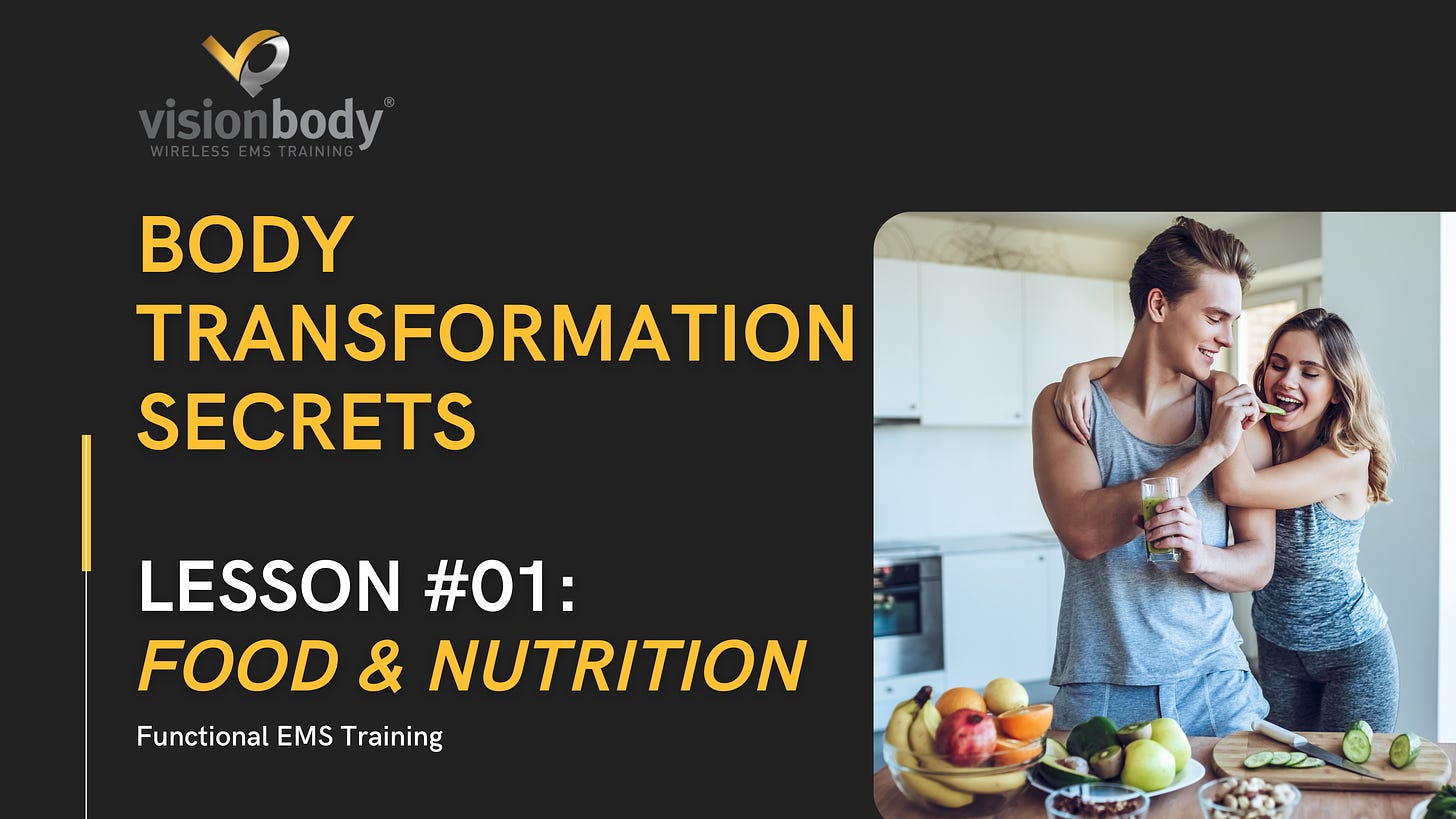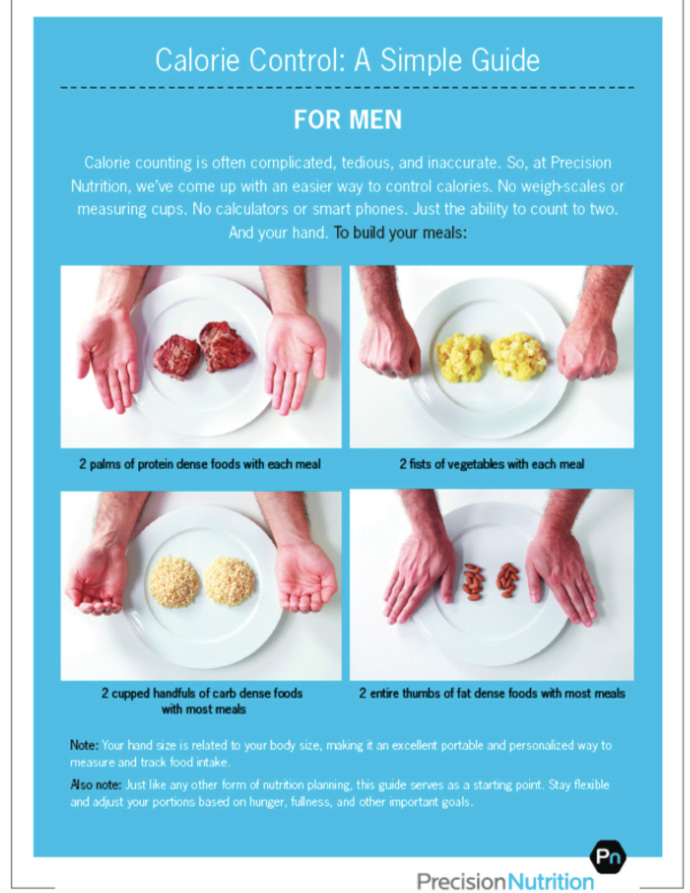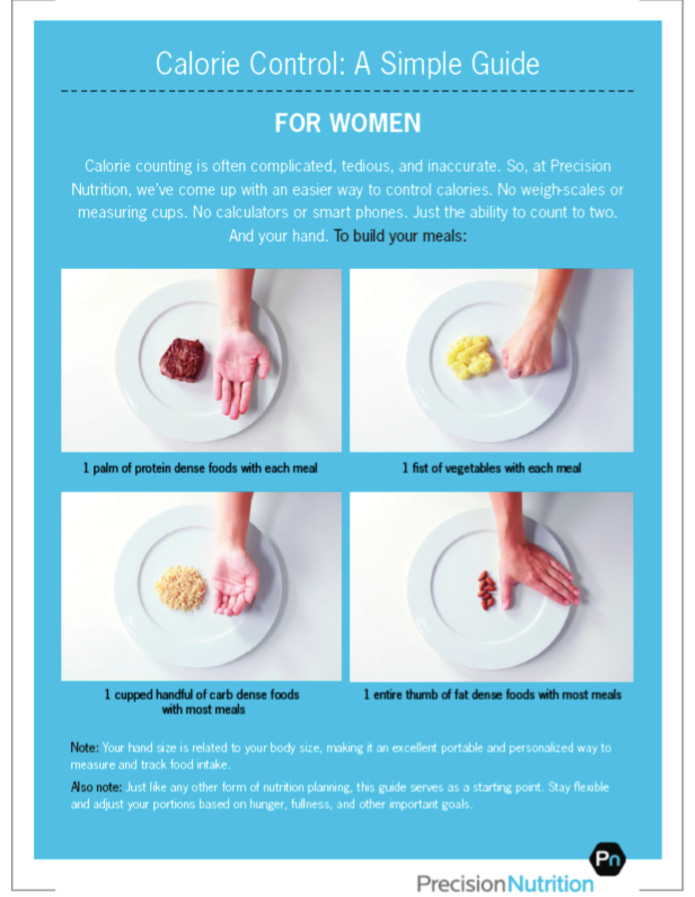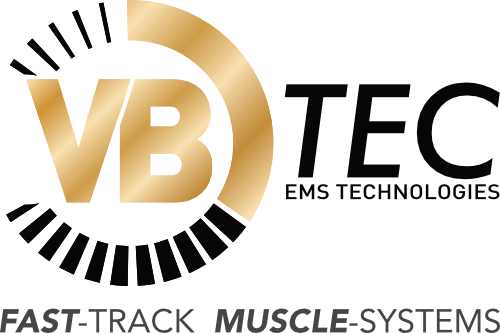Welcome to our Special Nutrition & Training Report by Precision Nutrition
Body Transformation Secrets is a Special Report from our friends at Precision Nutrition. I did the PN Nutrition Coach Certification 4 years ago and it was an awesome experience and enlightenment which I would like to share with you.

This is what you will learn with “Body Transformation Secrets”
Through this program you’ll learn how to:
- Eat better, without dieting or feeling deprived.
- Get active, no matter what shape you’re in now.
- Ditch the food rules, dropping the fad diets, and conflicting advice.
- Build fitness into your life, without it taking over.
- Achieve, and maintain, your goals, even when life gets busy.
The result? This is what you will achieve:
- Lose the weight/fat you haven’t been able to shed for years.
- Build physical strength and confidence in your body.
- Gain mental confidence, no longer hiding your gifts and talents.
- Let go of food confusion, learn what to do, how to do it.
- Get off the diet roller coaster once and for all, and never look back.
But let’s start with today’s Lesson and begin your transformation journey!
Lesson #01: Food and Nutrition
On tuesday’s lesson, you’ll learn:
- Why meal plans usually suck and what to do instead.
- How to control calorie intake without actually counting calories.
On thursday’s lesson, you’ll learn:
- Simple strategies for meal planning and preparation.
- How to create meal templates that make healthy eating a breeze.
1. Meal Plans Suck…
by Brian St. Pierre
Lots of people looking to improve their eating think meal plans are the answer. The only problem? Meal plans usually suck… and they rarely last. So, instead of prescribing yet another doomed eating regimen, check out these 6 ways to transform any diet in a sustainable way.
“Do I get a meal plan?”
This is the most common question we get from folks who are considering or just started out in, our nutrition coaching programs.
The answer: “No, we don’t do meal plans.”
But we can’t blame people for asking. Sure, meal plans have long been a staple of the fitness and nutrition industry. Coaches are taught to create them. Clients are taught to expect them.
Unfortunately:
Most of the time, meal plans don’t work. You see, traditional meal plans are explicit prescriptions. Eat this exact thing, in this exact amount, at this exact time.
For example, you’ll often see:
Breakfast – 7:30 am
3 eggs, scrambled
1 cup vegetables
1 piece whole-grain toast 1 cup coffee
1 glass water
If you are using a meal plan: That’s OK.
Some people like prescription, especially if they are working
towards a specific short-term goal, like cutting weight to compete in wrestling, making sure they get enough nutrients to support a healthy pregnancy or fueling their triathlon performance.
Keep it short-lived. Meal plans are supposed to be temporary, working towards a short- term goal.
Keep it real.As much as possible, try to make the meal plan fit your real life, not the other way around.
If you’re a parent, a worker, a student, or anyone else living in the real world, most of your meals will fall somewhere in the stages 1 through 3 spectrum. That’s perfectly OK. Just experiment with being a little bit better, wherever you can.
Remember all goals require trade-offs.
If you want to achieve a high level of performance or exceptional body composition, understand what you are prioritizing and sacrificing.
Getting very lean, for instance, comes with costs. Make sure it’s working for you.
If your meal plan is making you feel:
- overwhelmed
- anxious and fretful
- guilty
- regretful
- bad
- overly rigid and/or preoccupied with food…
…or any other negative, unproductive emotion and if you find that meal plans result in you:
- “falling off the wagon”, hard
- getting obsessive and compulsive about food
- restricting foods and food groups…
- doing “all or nothing”, usually ending with “nothing”
Maybe consider trying another approach…
1. Consider where you sit on the spectrum of meal “stages”.
Where’s your food game at? What level are you playing at? What level would you like to play? Given your goals and your current situation, what is realistic?
For example, if you currently eat at stage 1, your goal might be to eat at stage 2 for most meals. Or, if you eat at stage 3 most of the time but find yourself dipping into stage 1 or 2 meals more often than you’d like, aim to stay at stage 3 a little more consistently.
2. Start small. One step at a time.
Pick one meal to transform and focus on that.
For instance, you might leave all your other meals at stage 1, and focus on getting lunch to stage 2. Concentrate on improving that one meal each day.
Using the examples above, you might think about things like:
- adding protein
- adding veggies or fruits
- Of course, don’t try to do all these at once.
Try just fiddling with one or two, and see which ones work best for you.
3. Add things slowly.
Once you’ve improved one meal a day, try another. If you feel like lunch is a solid stage 2 or 3, play with moving breakfast, dinner, or snacks along the spectrum. Or, once you’ve improved one factor in a meal (e.g. adding more protein), try another. For instance, if you’re getting more protein, now try switching out your sugary soda for some soda water. Or adding a little more veggies.
Be patient.
4. Set yourself up for success.
Notice what makes it easier and simpler for you to eat better. Then figure out how to do or get more of that. For instance:
- Is planning helping you? How could you do more of that?
- Is healthy meal delivery making it easy? Could you set aside a little more cash to get two meals a day instead of one?
- Is setting aside time on Sunday afternoon to cook some protein a good idea? Great, keep on doing that. Book it in your calendar.
5. Enjoy your meals.
Meal plans don’t usually address how you eat. Before you change what you eat, you can also try changing how you eat. For example, you could:
- slow down
- breathe between bites
- relax
- savor your food
- sit at a table if you can
- use real dishes if you can.
Give yourself some time and space to appreciate those tasty concoctions you put together. Remember: Mealtime is YOUR time.
6. Work towards being your own boss.
Sometimes you might just want someone to tell you what to do.
That’s fine, and helpful, especially if you’re juggling a lot. But only for a while.
Over time, look for ways to help yourself intuitively and wisely make better choices, rather than just following the rules.
Think long-term. What do you want to happen over the next few months? Year? 10 years? Do you want to be on a meal plan for the next few decades?
Today, if you were to take one small step towards the “better” end of the meal spectrum, what might that look like?
2. Forget Calorie Counting…
By Ryan Andrews
Math? To plan dinner? Isn’t there a better way? Yes, there is. Just take a look at your hand. Use your fist, palm, cupped hand, and thumb to practice calorie control – while avoiding the hassle of counting calories.
If you’ve heard it once, you’ve heard it a thousand times: The best — maybe even the only — way to lose weight is to count calories.
After all, it’s a pretty simple equation: Calories in vs. calories out. Eat more calories than you burn, and you gain weight. Eat fewer calories than you burn and you lose weight.
The problems with calorie counting
First of all — on the “calories in” side — you do need to figure out how many calories are in the foods you want to eat. And that takes handbooks, websites, databases, and math. Just to plan your lunch. Groan.
Next, you have to assume that the handbooks, websites, and databases’ calorie estimates are correct. They’re often not. In fact, research has shown they can be off by about 25% because of incorrect labeling, laboratory measurement error, and food quality.
Then, of course, there are the “calories out” side. Estimating your calorie expenditure each day comes with another 25% measurement error because of the equipment you’re using, laboratory measurement errors, and individual differences.
A possible 25% error on the “calories in” side, and another 25% error on the “calories out” side.
The calorie counting antidote
Here’s the good news: counting calories is rarely necessary.
Our Precision Nutrition coaching programs gauge food portions differently. No carrying around weigh-scales and measuring cups. No calculators or smartphones.
All you need is the ability to count to two. And your own hand. Here’s how it works:
- Your palm determines your protein portions.
- Your fist determines your veggie portions.
- Your cupped hand determines your carb portions.
- Your thumb determines your fat portions.
Planning your meals flexibly
Based on the guidelines above, which assume you’ll be eating about 4 times a day, you now have a simple and flexible guide for meal planning.
For men:
- ~ 2 palms of protein dense foods with each meal;
- ~ 2 fists of vegetables with each meal;
- ~ 2 cupped hands of carb dense foods with most meals;
- ~ 2 entire thumbs of fat dense foods with most meals.

For women:
- ~ 1 palm of protein dense foods with each meal;
- ~ 1 fist of vegetables with each meal;
- ~ 1 cupped hand of carb dense foods with most meals;
- ~ 1 entire thumb of fat dense foods with most meals.
 You can’t know exactly how your body will respond in advance. So stay flexible and adjust your portions based on your hunger, fullness, and other important goals.For example: if you’re trying to gain weight, and you’re having trouble gaining, you might add another cupped palm of carbohydrates or another thumb of fats. Likewise, if you’re trying to lose weight but seem to have stalled out, you might eliminate a cupped palm of carbohydrates or a thumb of fats at particular meals.
You can’t know exactly how your body will respond in advance. So stay flexible and adjust your portions based on your hunger, fullness, and other important goals.For example: if you’re trying to gain weight, and you’re having trouble gaining, you might add another cupped palm of carbohydrates or another thumb of fats. Likewise, if you’re trying to lose weight but seem to have stalled out, you might eliminate a cupped palm of carbohydrates or a thumb of fats at particular meals.Remember: This is a starting point. Adjust your portions at any time using outcome-based decision making, aka “How’s that working for you?”
What’s next?
Today’s lesson is just the first one in our Body Transformation series.
On thursday’s lesson, you’ll learn:
- Simple strategies for meal planning and preparation.
- How to create meal templates that make healthy eating a breeze.
Over the coming 2 weeks we’ll also cover how to:
- Structure your exercise program for the best results.
- Stay consistent even if you’re busy, injured, or unmotivated.
- Adopt important strategies for sleep and stress management.
- Deal with challenging situations and common obstacles.
- Set appropriate goals and create the right conditions for success.
- And more…







